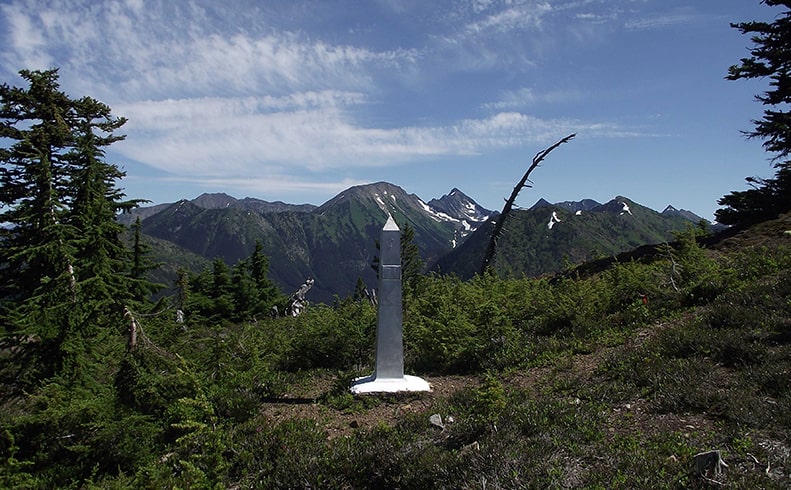
Beyond Borders: The Importance of Conservation Across Border Lines
BC Parks cares for 1,037 provincial parks, conservancies, protected areas, and ecological reserves that represent the incredible diversity of ecosystems found within this beautiful province. Some of these parks and protected areas lie along borders with other jurisdictions including Alberta and Yukon, as well as the states of Alaska, Montana, and Washington (B.C. borders Idaho, too, but there aren’t any BC Parks directly on that part of the border with the U.S.).
But nature knows no borders—ecosystems don’t abruptly end because of a political boundary. In many cases, what makes these places special is recognized on the other side of these borders, too. BC Parks are often contiguous with parks or other protected areas across political lines.
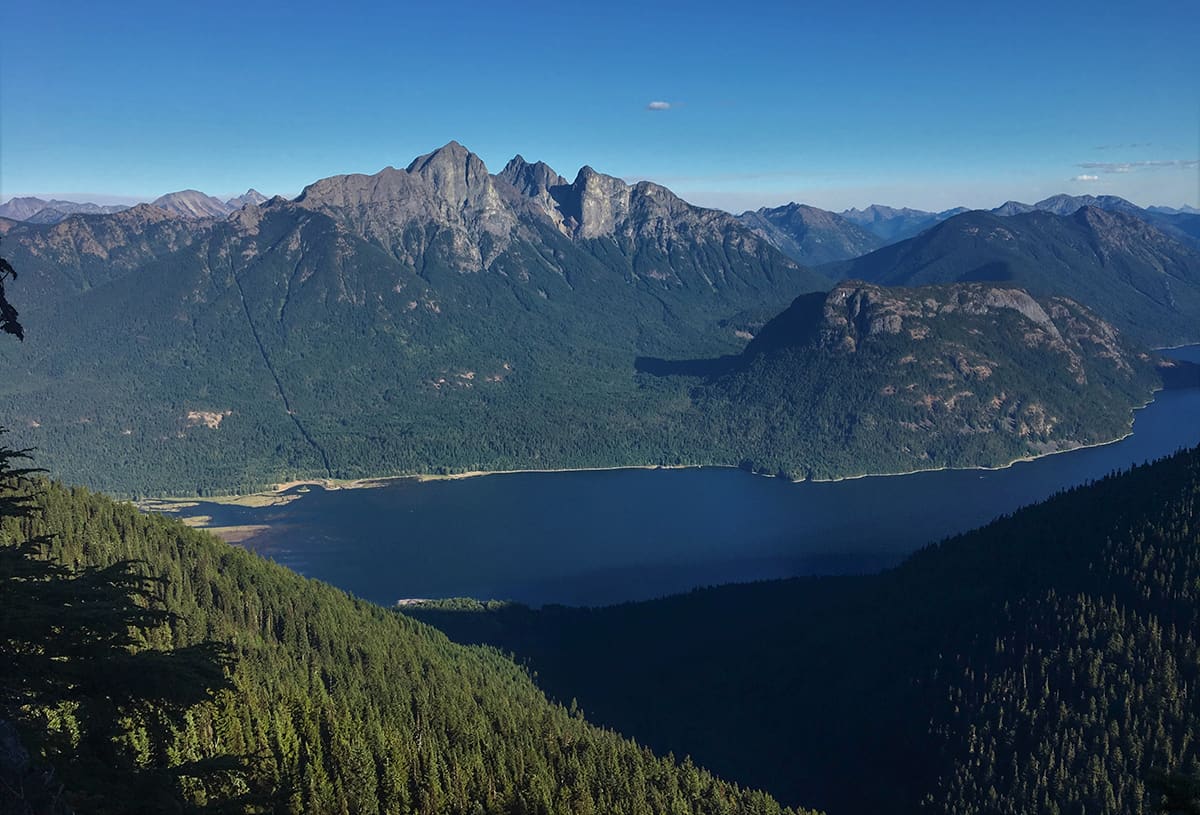
I work as a park interpreter in the Cascade Mountains of southwestern British Columbia, specifically in Skagit Valley Provincial Park.
This area is surrounded by a number of other protected areas. To the east it borders E.C. Manning Provincial Park, which contains the headwaters of the Skagit watershed. To the south it borders North Cascades National Park Service Complex in Washington State, which the Skagit River passes through on its way to the Salish Sea. Water flows across these boundaries, plants spread their roots and seeds, and animals walk, fly, swim, and slither across the lines. No passports, no nationalities.
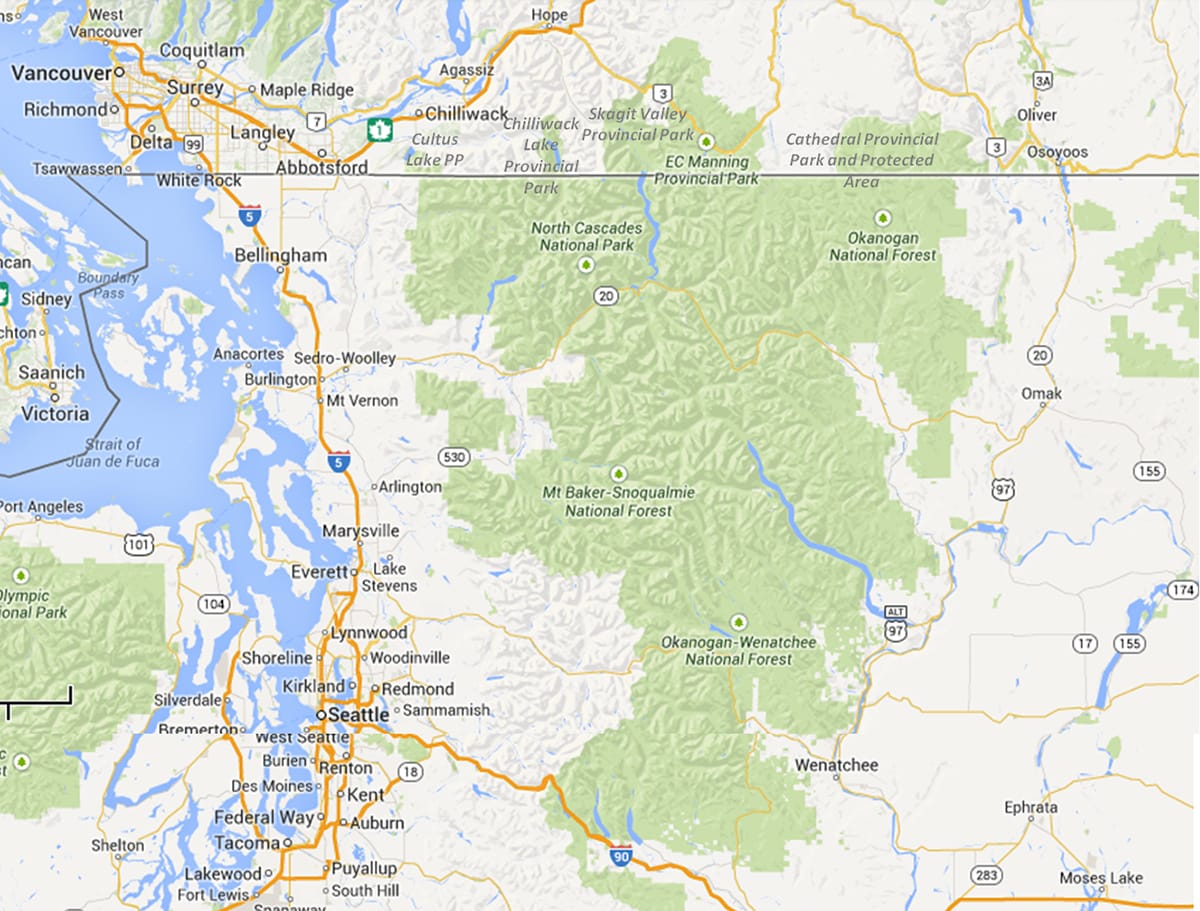
If I climb up to a ridgeline and look out across the mountains, the only evidence I might see of political boundaries is the 6 meter (20 feet) wide swath cut along the 49th parallel marking the international border between Canada and the United States. But even this is only visible at the right angle. I’m not saying the border isn’t important—it’s very consequential in all kinds of ways. But giving nature the space to function across borders is vitally important, too.
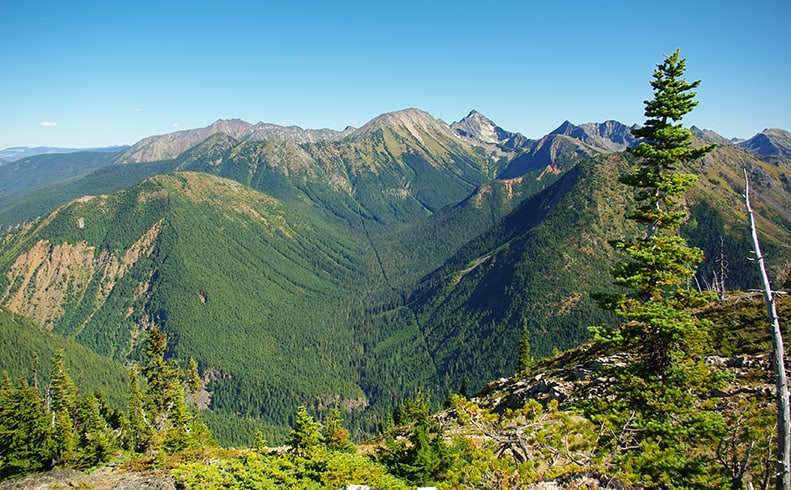
Plants and animals need to be able to move and “disperse” from one population to another. This mixes up the gene pool, promoting genetic diversity, and keeping populations from becoming inbred. It also helps to keep populations at healthy numbers. When an area is getting crowded, young animals can move further away. When there’s space, new animals can move in.
Wolverines are a great example of why transboundary conservation is important.
These large members of the weasel family roam over huge areas. Research in the North Cascades found many wolverines in these mountains cover areas more than a thousand square kilometres. And, of course, that means some of them are regular border hoppers. I even got a chance to meet one of these boundary bouncers once. Or rather, I was there to see her race off wearing a satellite collar that showed researchers she was truly a transboundary wolverine. She didn’t stick around for pleasantries.
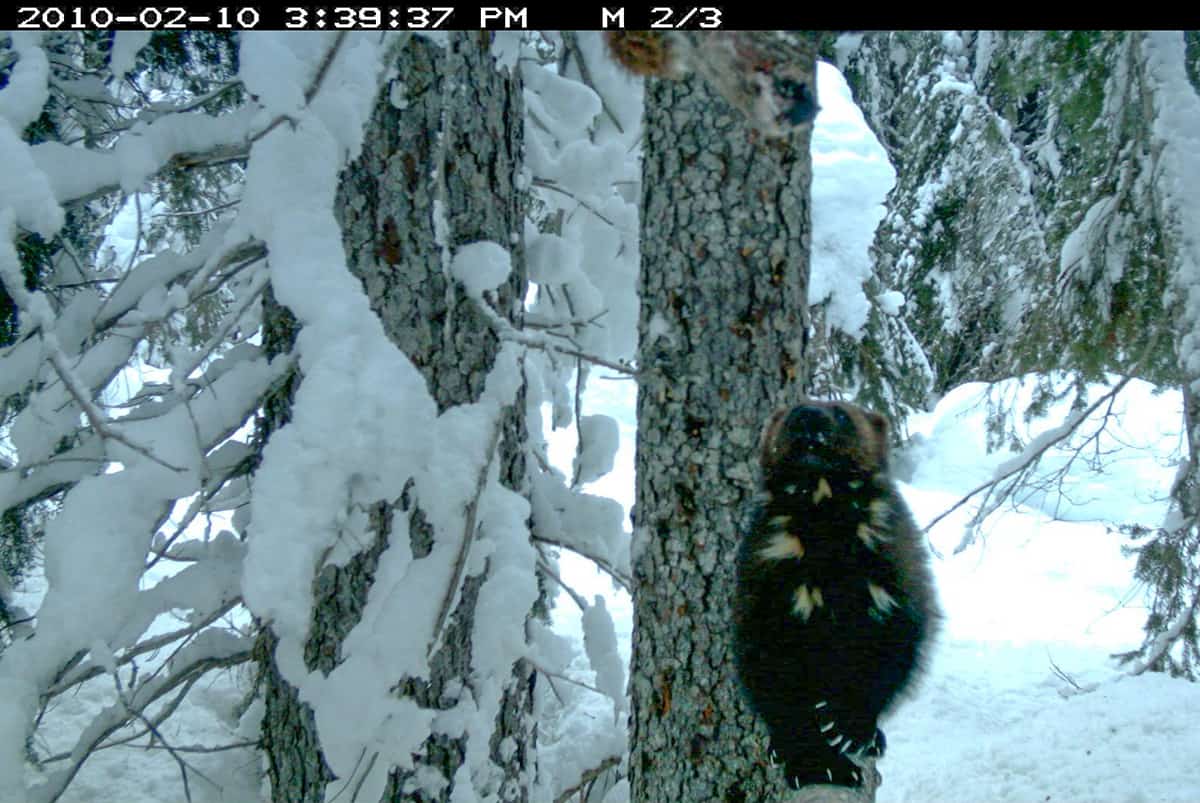
Wolverines naturally live in low densities—there aren’t very many of them in a particular place. This makes it especially important to have some animals moving into the area to keep the gene pool healthy.
They’re also a cold-weather species that rely on a predictable winter snowpack for travel, hunting and denning. With the wolverine’s limited range in the U.S., population health south of the border depends on maintaining effective connectivity south from British Columbia and Alberta.
The ability to move is becoming even more important with the increasing impacts of climate change. The ranges of species are starting to shift with changing conditions. This can mean moving north as temperatures warm, but changing patterns of wet and dry also affect how species ranges are changing. Individual animals may also move to escape events like floods and wildfires, just like people.
Conservation doesn’t work in isolation
Working across boundaries and between different governments is challenging, but we can all help make these efforts a success. If you want to learn more, join me later this month for an online talk with North Cascades Institute called Beyond Borders: Transboundary Conservation in an Interconnected World. Register at ncascades.org/classes.


Nice trans-boundary views and viewpoint narrative. It reminded me of my summer interacting with Wardens on the Chilkoot Trail at the Alaska/BC border as a NPS ranger.